Introduction:
Setting your refrigerator to the correct temperature is crucial for keeping your food fresh and safe to eat. Incorrect temperatures can lead to spoilage, foodborne illnesses, and wasted groceries. This comprehensive guide will explore the ideal temperatures for your refrigerator and freezer, the reasons behind these recommendations, how to monitor and adjust temperatures, and additional tips for maintaining optimal food storage.
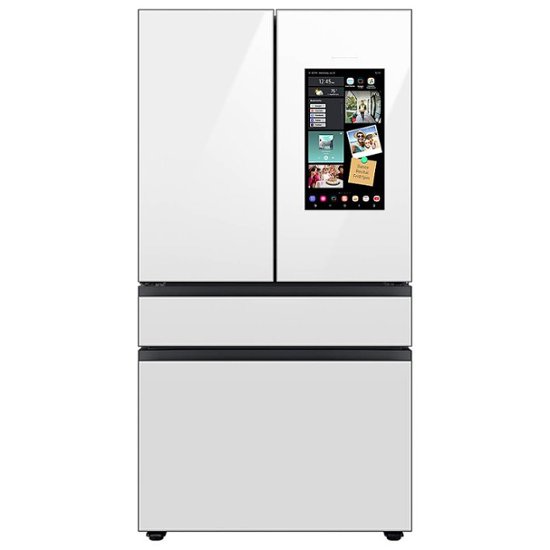
What Temperature Should My Refrigerator Be Set At:
Ensuring Food Safety and Freshness?
Ideal Refrigerator and Freezer Temperatures:
What Are the Recommendations?
Understanding the recommended temperature ranges for your refrigerator and freezer ensures that your food remains safe and fresh.
Refrigerator Temperature: The ideal temperature for a refrigerator is between 35°F and 38°F (1.7°C to 3.3°C). Keeping the temperature within this range slows bacterial growth and maximizes the freshness and longevity of your perishable items, such as dairy, meat, and produce.
Freezer Temperature: The ideal temperature for a freezer is 0°F (-18°C). At this temperature, the freezer effectively preserves the quality of frozen foods and prevents the growth of harmful bacteria and pathogens. Lower temperatures allow food to remain safe for extended periods without losing nutritional value or taste.
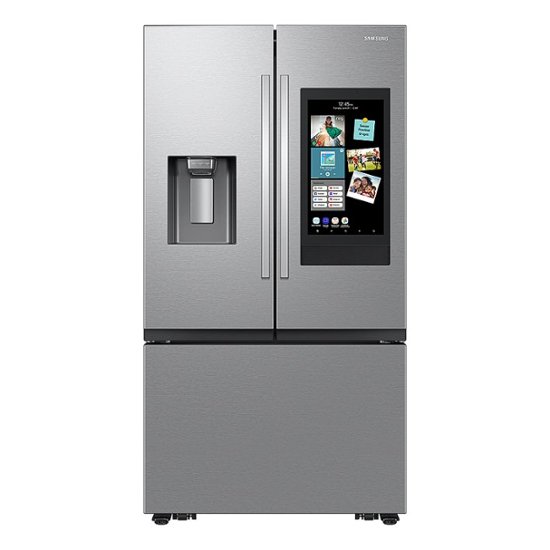
Importance of Correct Temperature:
Why Does It Matter?
Maintaining the correct temperature in your refrigerator and freezer is essential for several reasons.
Food Safety: Incorrect temperatures can lead to bacterial growth, increasing the risk of foodborne illnesses. Pathogens such as Salmonella, E. coli, and Listeria thrive in temperatures above 40°F (4.4°C). Keeping your refrigerator at the correct temperature reduces the risk of contamination and keeps your food safe to eat.
Food Freshness: Proper temperatures help preserve the quality and taste of your food. Fresh fruits and vegetables, dairy products, and meats are particularly sensitive to temperature fluctuations. The right setting ensures these items remain fresh for longer, reducing waste and saving you money.
Energy Efficiency: Maintaining optimal temperatures in your refrigerator and freezer can improve energy efficiency. Appliances work harder at lower or higher temperatures, using more electricity and potentially leading to higher utility bills. Keeping temperatures within the recommended range ensures efficient operation and energy conservation.
Preventing Spoilage: A refrigerator set too warm can cause food to spoil quickly, while a freezer set too cold may lead to freezer burn and diminished food quality. Adhering to recommended temperatures helps prevent spoilage and preserves the nutritional value of your food.
Monitoring and Adjusting Temperatures:
How to Get It Right?
Regularly monitoring and adjusting your refrigerator and freezer temperatures is critical for maintaining optimal conditions.
Use a Refrigerator Thermometer: Install a thermometer in your refrigerator and freezer to accurately monitor temperatures. Digital thermometers provide precise readings and can alert you to any fluctuations that require attention.
Placement of Thermometer: Place the thermometer in the center of the refrigerator or freezer, away from the walls and door. This ensures an accurate average temperature reading, as temperatures near the walls or door can be higher or lower due to airflow patterns.
Check Regularly: Regularly check the thermometer readings to ensure the temperatures remain within the recommended ranges. Consider a weekly check routine to catch and correct any issues promptly.
Adjusting Controls: Most refrigerators have adjustable temperature controls, usually located inside the main compartment or on the control panel. Follow the manufacturer’s guidelines for adjusting the settings. Incremental adjustments may be necessary to achieve the desired temperature.
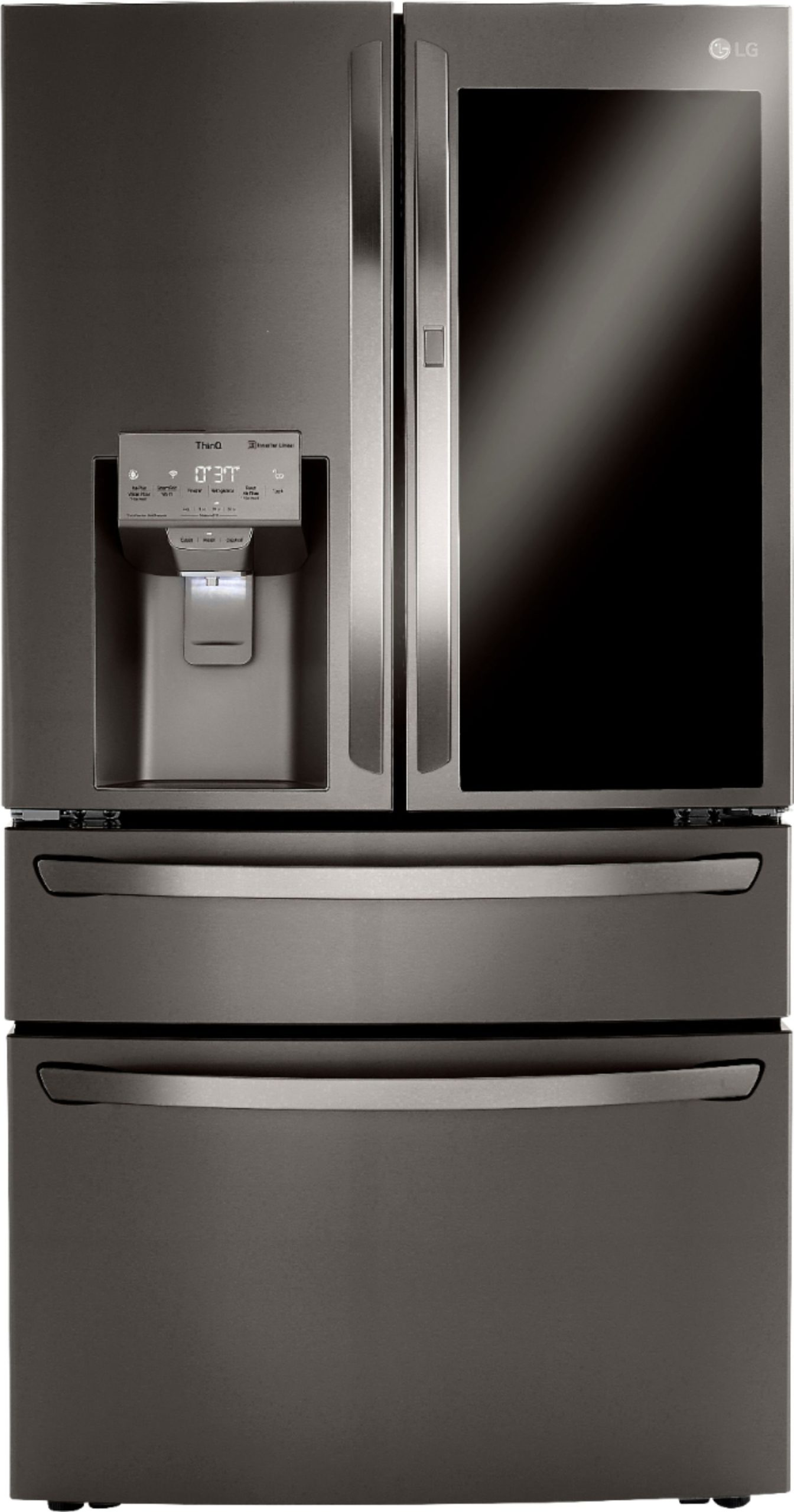
Factors Affecting Temperature:
What Should You Consider?
Several factors can influence your refrigerator and freezer temperatures. Understanding these helps maintain optimal conditions.
Door Openings:
Frequency: Frequent door openings cause temperature fluctuations, allowing warm air to enter the refrigerator or freezer. Reduce the frequency of door openings to maintain a stable temperature.
Duration: Keep the door open for the shortest time possible to minimize temperature increases. Organize the contents to make retrieval quick and efficient.
Location and Ventilation:
Placement: Place your refrigerator and freezer in a well-ventilated area, away from direct sunlight and heat sources such as ovens and radiators. Proper ventilation around the appliance ensures efficient cooling and consistent temperature maintenance.
Clearance: Ensure there is adequate clearance around the refrigerator for air circulation. Check the manufacturer’s recommendations for the required space around the unit.
Maintenance and Cleaning:
Clean Coils: Regularly clean the condenser coils at the back or bottom of the refrigerator. Dust and dirt buildup on the coils reduces cooling efficiency, causing the appliance to work harder and leading to temperature inconsistencies.
Door Seals: Inspect and clean the door seals to ensure they are free from debris and form a proper seal when the door is closed. Damaged or dirty seals can allow warm air to enter, affecting the internal temperature.
Storage Practices:
Proper Organization: Organize the contents of your refrigerator and freezer to allow proper air circulation. Avoid overpacking, as this can block vents and impede cooling.
Cool Down Hot Foods: Allow hot foods to cool to room temperature before placing them in the refrigerator or freezer. Introducing hot items can raise the internal temperature and strain the cooling system.
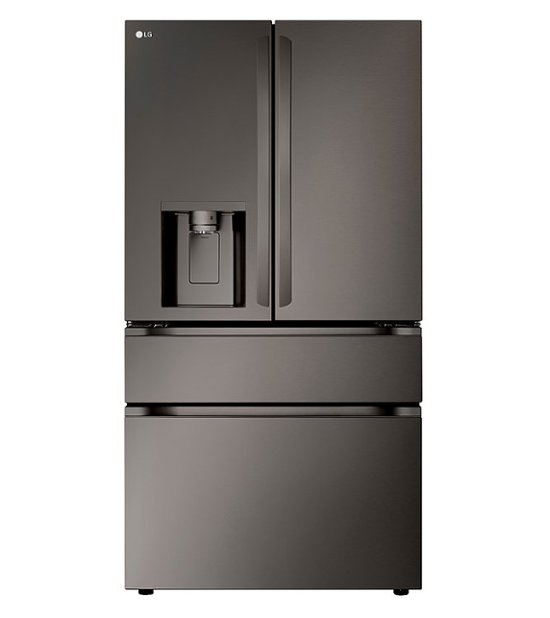
Special Storage Tips:
How to Optimize Food Storage?
Employing these tips helps you optimize food storage and maintain the freshness and quality of your items.
Refrigerator Zones: Different areas of the refrigerator have varying temperature levels. Utilizing these zones effectively can enhance food preservation.
Upper Shelves: Store ready-to-eat foods, leftovers, and beverages on the upper shelves. These items typically don’t require the coldest storage temperatures.
Lower Shelves: Keep raw meats, poultry, and seafood on the lower shelves, where the temperature is usually the coldest. This also prevents cross-contamination with other foods.
Crisper Drawers: Use the crisper drawers for fruits and vegetables. Many refrigerators have humidity controls on these drawers to maintain optimal conditions for produce.
Door Storage: The refrigerator door is the warmest part, suitable for condiments, juices, and other items with longer shelf lives. Avoid storing perishable items like milk or eggs in the door compartments.
Freezer Organization: Optimize freezer storage by properly organizing items and allowing adequate air circulation.
First In, First Out: Follow the “first in, first out” principle to use older items before newer ones, reducing the risk of overlooked and expired foods.
Label and Date: Label and date items before freezing them to keep track of storage times. This practice helps you use items within appropriate time frames, ensuring freshness.
Use Storage Containers: Use freezer-safe containers or bags to store food. These containers protect against freezer burn and help maintain food quality.
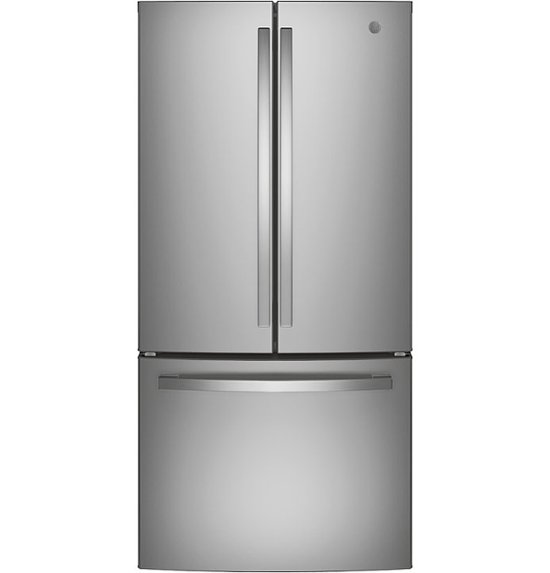
Additional Tips:
How to Enhance Temperature Management?
Incorporating a few additional tips can further improve temperature management and food storage practices.
Monitor Power Outages: After a power outage, check the refrigerator and freezer temperatures as soon as power is restored. Food safety guidelines recommend discarding perishable items if they have been above 40°F (4.4°C) for more than two hours.
Keep a Backup Thermometer: Keep a backup thermometer in your refrigerator and freezer to cross-check readings. This can help ensure accuracy and provide a reliable means of monitoring temperatures.
Use Ice Packs: In case of temporary power outages or when adding large quantities of food, use ice packs to help maintain a stable temperature in the refrigerator and freezer.
Review Manufacturer Guidelines: Review and follow the guidelines provided by your refrigerator and freezer manufacturer. These guidelines offer specific advice for adjusting settings and maintaining optimal performance.
Conclusion
Setting your refrigerator and freezer to the correct temperatures is crucial for ensuring food safety, preserving freshness, and maintaining energy efficiency. The ideal temperature range for a refrigerator is between 35°F and 38°F (1.7°C to 3.3°C), while freezers should be set at 0°F (-18°C). Monitoring temperatures with a thermometer, regularly adjusting controls, and considering factors such as door openings, location, and storage practices help maintain stable conditions. Implementing special storage tips and learning from user experiences further enhance food preservation. By following these best practices and additional tips, you can optimize your refrigerator and freezer settings, ensuring that your food remains fresh, safe, and enjoyable for longer periods.
